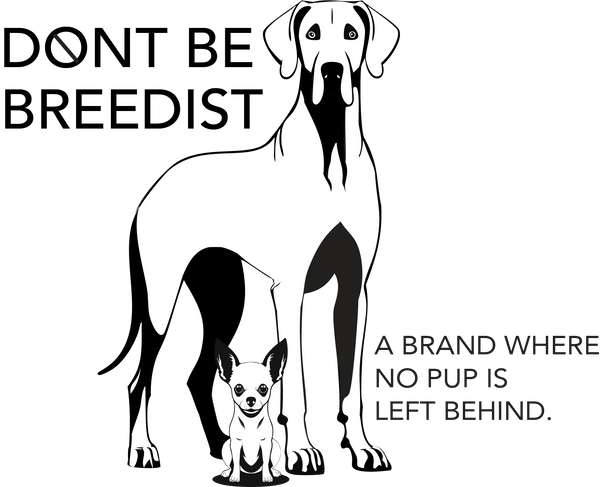
Tugging Together: When Dogs Started Tug-of-War with Us
What Is Tug-of-War and Where Did It Come From?
Tug-of-war isn’t just a favorite backyard game between dogs and their humans—it’s an ancient test of strength. The earliest versions of tug-of-war go back to civilizations in Egypt, China, Greece, and Viking-era Scandinavia. Originally a human ritual, the game was used to train warriors, build teamwork, and showcase physical endurance.
Over time, this primal pulling game found its way into the modern pet world, becoming one of the most enriching and instinctual forms of play we can offer our dogs.
When Did Tug-of-War Become a Dog Game?
Dog trainers and handlers were the first to recognize the power of tug-of-war as a training tool. Unlike treat-based rewards, tug appeals to a dog’s natural instincts: chase, grab, shake, and pull. It became especially popular in working and sport dog communities where high drive and engagement were essential.
From Schutzhund training to agility warm-ups, tug-of-war was seen as more than just a game—it was a way to build trust, increase focus, and even reduce reactivity when used correctly.
Today, it’s not just for sport dogs. Pet parents everywhere are discovering the benefits of a well-structured tug session—and dogs are loving every second of it.
Why Dogs Love Tug: The Instincts Behind the Game
Tug-of-war taps into something deep and natural in your dog. At its core, it mirrors the prey drive sequence: chase, catch, and tug. But unlike wild instincts, tug gives dogs a safe and playful outlet for that energy.
It also gives dogs a sense of shared interaction. When played with rules like “take it” and “drop it,” tug becomes a trust-based activity that strengthens your bond while giving your pup a healthy challenge.
The Training Benefits of Tug for Dogs
Here’s why tug-of-war is more than just fun:
Boosts confidence, especially in shy or young dogs
Improves impulse control when taught with rules
Strengthens focus and engagement, making it perfect for pre-training routines
Builds a better bond through shared activity
Burns physical and mental energy, which is especially helpful for active breeds
Many trainers even use tug as a reward in obedience and sport dog training because it drives enthusiasm without over-relying on food.
Is Tug-of-War Safe for All Dogs?
Yes—with guidance and boundaries.
Some myths say tug-of-war encourages aggression, but that’s been widely debunked. As long as you start and end the game, and your dog follows your cues (like “drop” or “enough”), tug can actually reduce unwanted behaviors by giving your dog a healthy outlet.
Make sure to:
Use a sturdy tug toy made for dogs
Always supervise tug games
Teach a release command
Let your dog win sometimes—it builds confidence
If your dog is overly mouthy or struggles with self-control, working with a certified trainer can help make tug safe and positive.
Best Tug Toys for Dogs
Choosing the right tug toy makes a huge difference. Look for:
Durable materials like rope, jute, or rubber
Comfortable grip for you and the dog
A length that keeps your hands safely away from teeth
At Don’t Be Breedist, we believe every dog deserves a game that honors their instincts—so our gear is built with tug in mind. Whether you’ve got a tiny terrier or a powerhouse pit bull, make sure your tug toy matches their strength and style.
Final Thoughts: Tug Brings Us Closer
Tug-of-war may have ancient roots, but today, it’s a simple game with a powerful purpose. It connects us with our dogs on a primal level—no screens, no noise, just you and your pup pulling together in trust, play, and joy.
SEO Keywords Included:
history of tug-of-war
tug-of-war for dogs
dog tug toys
why dogs love tug-of-war
dog training with tug
safe tug games for dogs
benefits of tug-of-war with your dog
